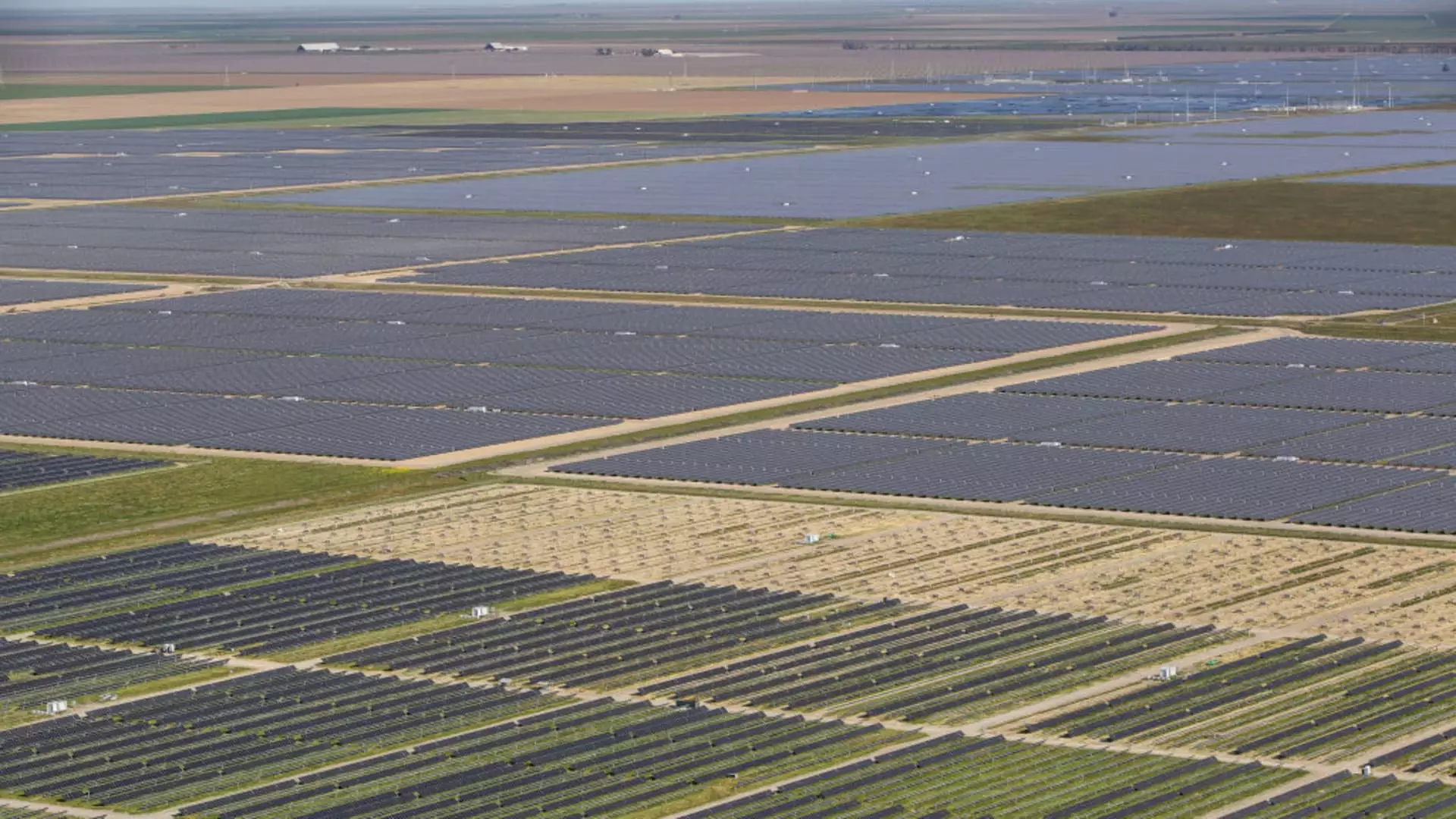The demand for power from data centers is projected to triple by 2030, largely driven by the rapid expansion of artificial intelligence technologies. According to a report by Mizuho Securities, this surge in power demand will reach 400 terawatt hours annually, equivalent to 50 gigawatts, and will account for approximately 9% of total electricity demand in the United States by the end of the decade. This substantial increase in power consumption poses significant challenges for the energy sector and highlights the need for innovative solutions to meet the growing energy demands of the digital age.
As the demand for power from data centers continues to rise, there is a growing emphasis on transitioning towards renewable energy sources to meet these requirements sustainably. Mizuho’s report suggests that renewables, particularly solar and wind energy, are poised to experience significant growth in response to the technology sector’s climate commitments. Solar demand is expected to increase by 7 gigawatts annually, while wind energy is projected to grow by 5 gigawatts per year through 2030. This uptrend represents a substantial upside potential of 21% and 39% for solar and wind energy, respectively, over Mizuho’s current forecast.
Implications for the Renewable Sector
Within the renewable energy space, companies specializing in solar tracking technology, such as Nextracker and Array, are positioned to benefit the most from the surge in power demand from data centers. Analysts at Mizuho suggest that these companies have the capability to scale up production capacity efficiently through contract manufacturers, enabling them to capitalize on the growing demand for renewable energy solutions. Nextracker could potentially see an increase of $4 per share in its price target, assuming a significant market share in the U.S., while Array may capture a $2 upside to its price target.
While renewables are expected to play a crucial role in meeting the escalating power demand, natural gas also stands to experience growth in demand by up to 4 billion cubic feet per day by 2030, representing 4% of current U.S. production. In the event that the expansion of renewables lags behind expectations, gas demand could potentially rise by up to 8 bcf/d by the end of the decade. Gas is projected to serve as a backup energy source, filling in gaps during periods of low solar and wind power generation, particularly in regions where data centers are not situated near renewable energy installations.
Key Players in the Gas Sector
Gas producers like EQT Corp. are predicted to be primary beneficiaries of the increased demand for natural gas, particularly in key data center markets in the Mid-Atlantic and Southeast regions. Pipeline operators such as Williams Companies and Kinder Morgan are expected to benefit from their existing infrastructure and incumbency advantage, as the future of new interstate pipeline projects remains uncertain. Additionally, independent power producers like Constellation Energy have the opportunity to leverage their nuclear fleet to power data centers, positioning them favorably in the evolving energy landscape.
Challenges and Potential Setbacks
Despite the optimism surrounding the surge in power demand from data centers, Mizuho analysts caution that the industry faces several bottlenecks. Delays in permitting and grid connections for new power projects can extend up to five years, presenting significant obstacles to meeting the escalating energy demands. Furthermore, uncertainties surrounding potential policy changes, such as the cancellation of incentives under the Inflation Reduction Act (IRA) or the imposition of higher import tariffs, could potentially hinder investments in renewables and impact the sector’s growth trajectory.
The unprecedented growth in power demand from data centers by 2030 underscores the critical need for innovative energy solutions and strategic investments in renewable and alternative energy sources. As the digital landscape continues to evolve, the energy sector must adapt to meet the changing demands of the technology-driven economy while addressing the challenges and opportunities presented by this transformative shift in power consumption.

